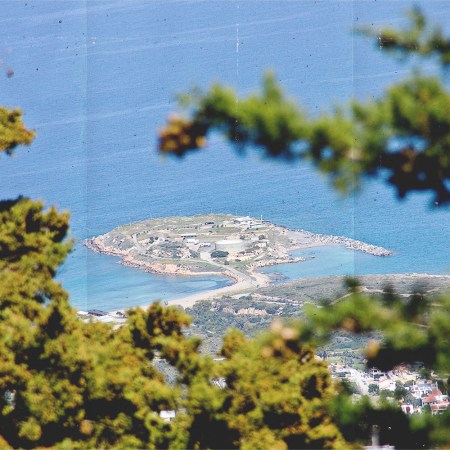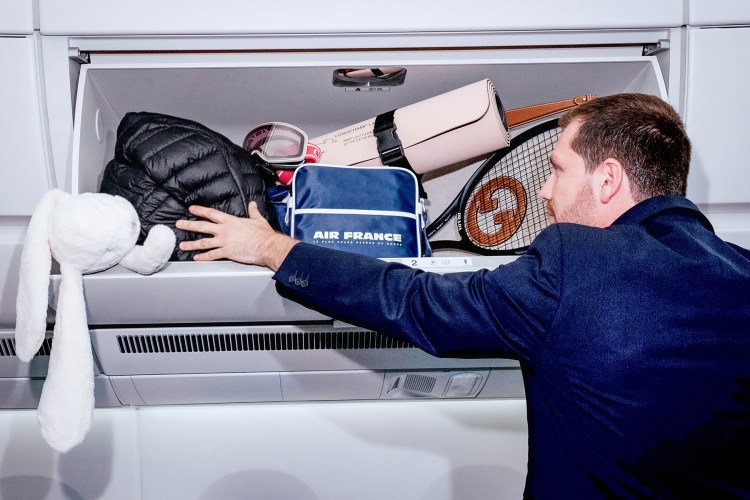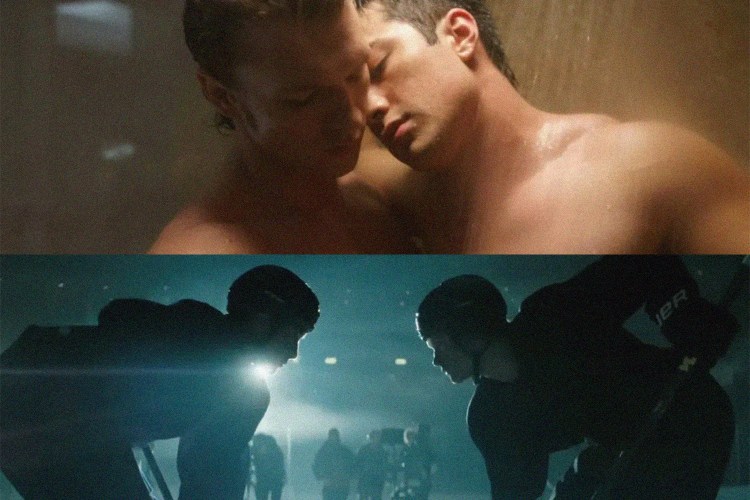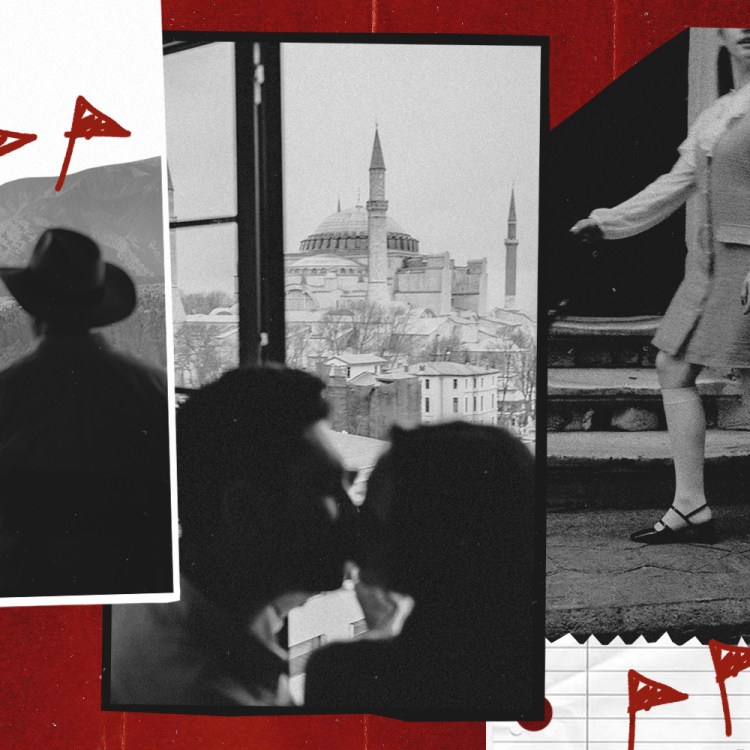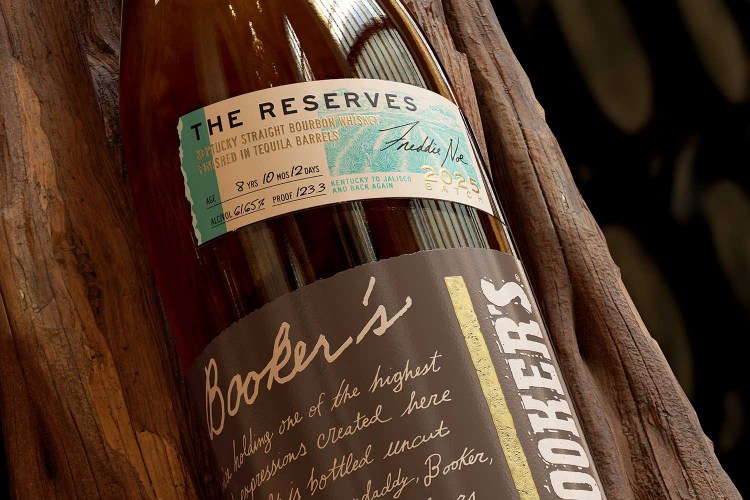Berlin, Madrid, Rome, Paris, Vienna. Five of Europe’s most renowned tourist destinations, ranked in order as the five most populous cities in the E.U. The sixth? Hamburg. If that’s not what you were expecting, rest assured, not much of Hamburg is — making it a compelling destination for those seeking to step a bit beyond the continent’s more well-trodden locales without exactly needing to go farther afield.
“Hamburg is changing all the time, it’s so interesting,” says Theresa Wilms, a tour guide who showed me around the city. A former globetrotting Lufthansa flight attendant, she’s been putting her sense of exploration to work closer to home for the past decade and a half, exploring its historic nooks and crannies while tracking its evolving modernization.
Like much of the country, Hamburg went through a necessary reconstruction after it was shattered in World War II. “About 50% of Hamburg was destroyed in the war,” Wilms says, the city’s ports and industrial center being a prime target for Allied bombing. The city remains one of the largest and busiest ports in Europe, despite the fact that its riverside positioning along the Elbe is 70 miles away from its mouth on the North Sea.
More recently, Hamburg has undergone a vast urban rebirth that has made it the envy of other cities around the world. Decades of work have gone into the creation of the Hafencity district, a testament to how dedicated investment can transform the look and feel, not to mention the livability and sustainability, of an entire swath of land. America would be wise to take note.
Hamburg today is green, lined with parks and trees. It’s walking- and cycling-friendly, and it’s defined by its water, a huge component of its historic evolution, and still its economic engine as well as a source of leisure and recreation. There’s history, much of it complicated, there’s modernity, there are great eats at every end of the spectrum, and plenty to explore over the course of a packed weekend.
How to Get to Hamburg
Hamburg has a well-connected international airport. For stateside visitors, most routes will connect through larger German hubs, such as Frankfurt or Munich, via United or Lufthansa. However, there are numerous connections offered through other European gateways including Paris and Amsterdam.

Where to Stay in Hamburg
Home base in Hamburg is the luxury confines of The Fontenay. The hotel opened in 2018 alongside the Alster Lakes, a pair of artificial reservoir lakes created along The Alster, a tributary of the powerful Elbe. That positioning offers a lush and serene setting with proximity to walking trails, along with scenic waterfront views.
The Leading Hotels of the World property features 130 rooms and suites, with features such as parquet flooring and private terraces, and has become an architectural attraction of its own. Its facade is a series of undulating curves, leaving no parallel walls or right angles. A nightmare to consistency-minded interior designers, perhaps, but a pleasure for everyone else. Three large, intertwining circles make up the structure, which on the inside features a soaring, wavy atrium. Numerous spaces across the property offer excellent 360-degree vantage points of the city.
The hotel has a top-floor fitness center and spa, the latter of which will get you properly indoctrinated into northern Europe’s sauna culture. There’s an indoor-outdoor rooftop pool with lounge seating, as well as sauna and steam rooms, and a range of treatments on offer. Elsewhere, amenities range from a cigar lounge to a smattering of dining venues in different settings.

What to Do in Hamburg
Begin your tour of Hamburg with its historic city center, including the grand Hamburger Rathaus, or city hall. Next head to the startling remnants of the St. Nikolai church. “It was the tallest building in the world for three years,” Wilms says, with a spire topping out at nearly 500-feet tall upon its construction in 1874. It’s a surprising factoid, made all the more so that its soaring tower somehow survived direct bomb hits. Today it serves as a WWII memorial and museum.
Nearby is the renowned Kontorhaus District, with enormous brick buildings in the Expressionist style. Continue onto nearby Hafencity, but start with its roots, the former free port and Speicherstadt district, which has become accessible as part of the city proper for the past two decades. “It’s the largest warehouse complex on earth,” Wilms says. Take that, Amazon Prime logistics. Combined, these areas comprise a UNESCO World Heritage Site.
Hafencity, though, is known for its fresh face: thousands of new apartments, complicated urban redevelopment that raised the entire area above flooding levels, green spaces, renewable energy initiatives and more. Its defining feature is the glimmering Elbphilharmonie, or Elphie, an opulent concert hall taking the form of a glass iceberg resting atop the foundation of an industrial brick building.
The Journey by InsideHook
Join over 100K travelers seeking trip ideas, the latest travel news, and all the inspiration you need for your next vacation.
The 26-floor building took a decade to construct and features a thousand curved windows while reaching a maximum height of 354 feet. Within, there are three concert venues including its grand hall, a number of restaurants and bars and even a Westin hotel with 244 rooms. Don’t worry, we hear the sound-proofing is rock solid.
The hulking St. Pauli Bunker or Hochbunker is a former WWII-era anti-aircraft tower and civilian shelter that’s gone through that reflects much of the city’s rejuvenation. It’s now adorned with prominent greenery — and referred to as the Green Bunker — and is open for tours, with art exhibition spaces, restaurants and even a hotel.
The surrounding district of St. Pauli is home to one of Europe’s most prominent red-light districts. Even a daytime stroll through will offer an interesting sight or two. Elsewhere, Grosse Freiheit street, or Great Freedom street, and the adjacent area is home to a number of Beatles-related sites, marking the band’s stomping grounds from the early ’60s.
Hamburg is also home to myriad quirky museums and attractions, if those weren’t enough for you. For instance, visit the Miniatur Wunderland, a wildly complex and intricate miniature universe with more than 1,000 working trains, artificial day to night lighting with half a million LED lights and some 300,000 figures.

Where to Eat & Drink in Hamburg
The northern German city is nearly as close to Copenhagen as it is to Berlin. Such geographic positioning gives much of its cuisine, both traditional and new-wave, a Nordic tinge. Though fear not, there’s excellent schnitzel to be found, too.
Staple dishes and local specialties include the likes of labskaus, prized for its unappealing aesthetics as much for its heartiness, a sailor’s feast of meats and vegetables, corned beef, herring, potatoes, beets, pickles, egg and whatever the hell else may have been available, often mashed together into a stew but now sometimes fancified and deconstructed. There’s bratkartoffeln, or thin-sliced, pan-fried potatoes; fischbroetchen, a fish sandwich with herring or pickled fish with onions; and in a very different and perhaps refreshing direction, franzbroetchen, Hamburg-style cinnamon rolls.
Hamburg is now a thriving center of fine-dining. The city boasts 13 restaurants in the latest Michelin guide, including one three-star, two four-star and eight one-star establishments. A few to consider are the three-starred The Table by chef Kevin Fehling and one-starred haebel by chef Fabio Haebel.
The one that offers the best view, though, is Lakeside, on the rooftop of The Fontenay. The two-Michelin starred restaurant is helmed by head chef Julian Stowasser — the Munich-born chef got his start 20 years ago at the Augustiner-Keller, Munich’s oldest beer garden, of all places — and features a seasonal menu touted as seven courses that eats closer to double that number once you factor in multi-bite amuses, bread courses and desserts. Offered alongside his artful presentations, bold flavors and refined ingredient selections are the wine pairings from Stefanie Hehn, who became just the second female master sommelier in the country in 2020.
Back to the more casual side of things, visit Le big TamTam, an underground food hall amid a shopping corridor, or the Altonaer Fischmarkt, an institution since 1703. Hobenköök is one part restaurant, one part wine bar and one part market, each highlighting local purveyors and all set within a former warehouse.
Hamburg was once one of the brewing capitals of Europe. That prized tradition nearly died out, but has come back to the surface in the past decade or two, and the city is home once more to a few dozen craft breweries. That’s down from a few hundred back in the day, but it’s a start. Get your lay of the land and some recommendations by visiting Craft Bier Bar or Beyond Beer.
This article appeared in an InsideHook newsletter. Sign up for free to get more on travel, wellness, style, drinking, and culture.




